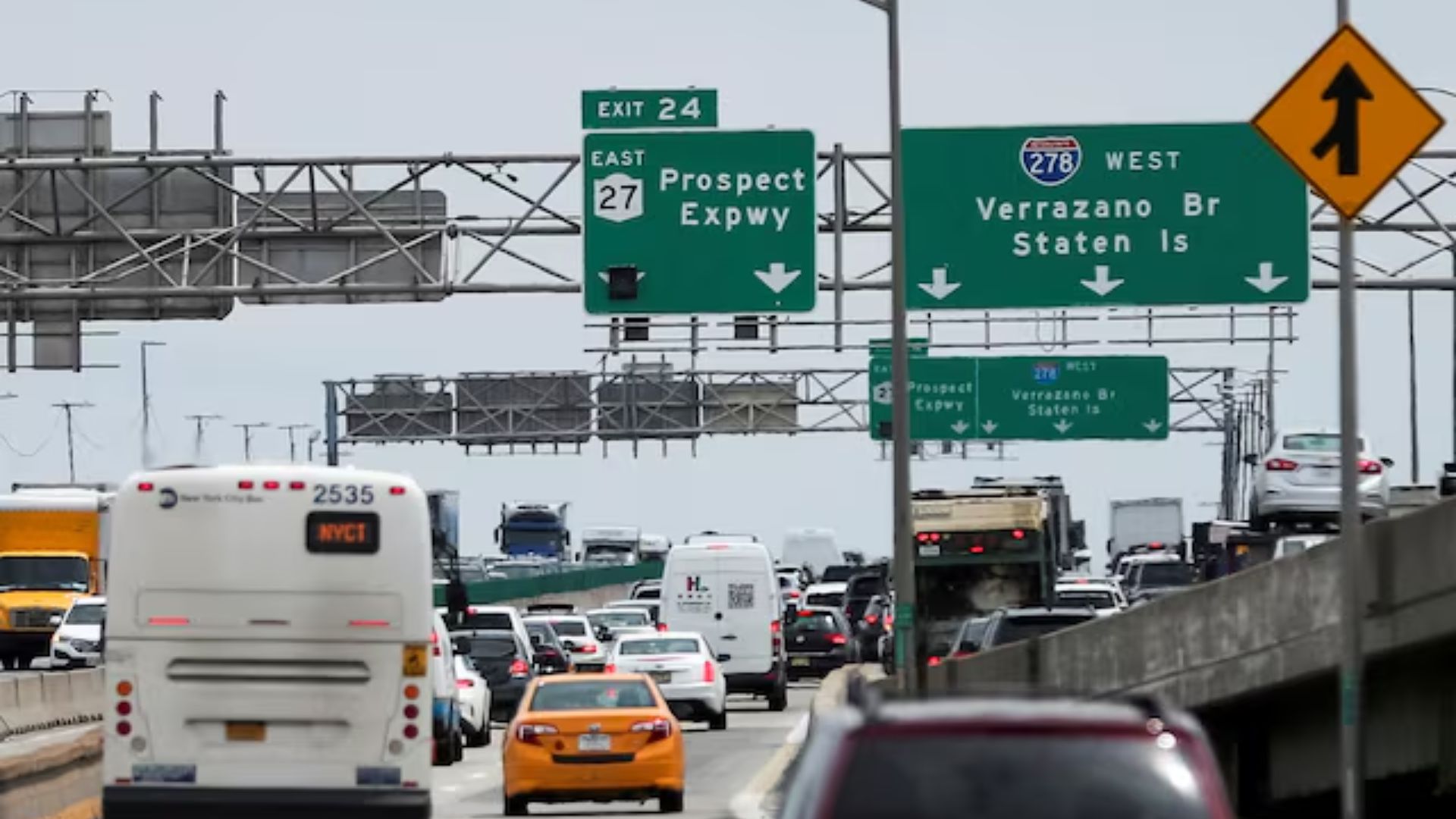WASHINGTON, (Reuters) – A U.S. regulator said on Monday it is proposing a requirement that some future vehicles be redesigned to reduce the risks of serious or fatal injuries in crashes involving pedestrians amid a rise in such deaths.
The National Highway Traffic Safety Administration said the new rule aims to reduce fatalities for pedestrians who strike the hoods of vehicles, especially in pickup trucks and large SUVs that do not currently meet international pedestrian protections standards.
In 2022, the number of pedestrians killed in the U.S. rose 0.7% to 7,522, the most since 1981, while the number injured rose 11%. The number of cyclists killed increased 13% to 1,105 in 2022, the most since at least 1980. NHTSA estimates the new rule would eliminate about 67 fatalities annually.
Automakers would need to meet a new test simulating a head-to-hood impact and reduce the risks of serious-to-fatal head injuries in impacts at vehicle speeds of up to 25 mph (40 km/h), which account for about 70% of vehicle pedestrian injuries.
An auto trade association representing General Motors Toyota Motor Volkswagen and others did not immediately comment. The regulation would be effective at least two years after publication of a final rule.
NHTSA said it is beginning the process of adopting a global technical regulation on pedestrian protection. The agency first submitted its plan to adopt the global regulation to the White House in November for review.
Because of the widespread adoption of the global regulation by other countries, most passenger vehicles sold in the U.S. that use international platforms already incorporate head protection designs, NHTSA said.
“This proposal would ensure that uniquely American platforms, such as pickups, would provide the proposed level of pedestrian head protection,” NHTSA said.
The agency said in April it was finalizing rules requiring nearly all new passenger cars and trucks sold in the U.S. have automatic emergency braking systems by September 2029. The regulation requires future vehicles to have automatic emergency breaking systems designed to automatically stop vehicles before striking pedestrians or reducing speeds before impact.
Automakers have asked NHTSA to reconsider the regulation, saying it “will require more costly systems that won’t improve driver or pedestrian safety.”
Reporting by David Shepardson; Editing by Paul Simao











